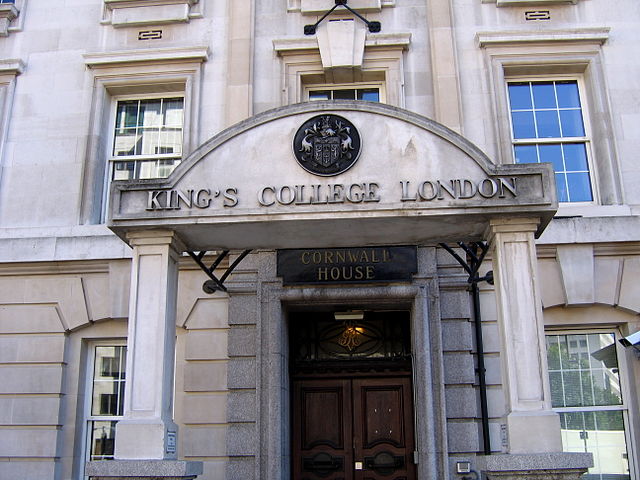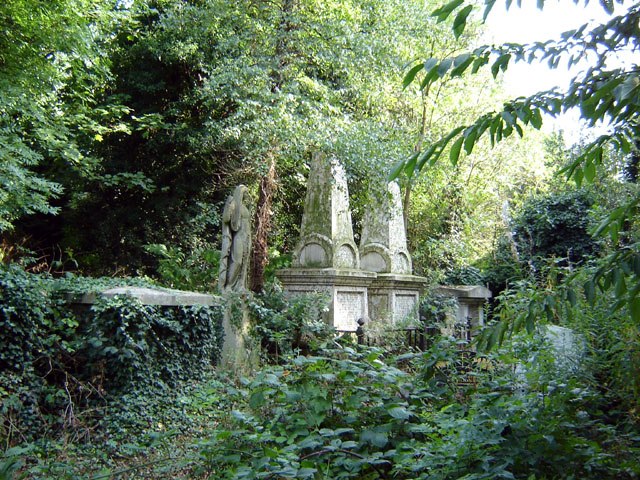The Abney Park Temple Lodges are gatehouses to Abney Park Cemetery designed by William Hosking, to Abney Park in the London Borough of Hackney. The lodges are composed mainly of stone building materials and designed in an Egyptian Revival style, which was unusual for the time period of which the lodges were conceptualized. Augustus W N Pugin was famously against the design of the lodges due to them being non-european despite public fascination of Egyptology at the time.
Detail of Hosking, Bonomi, Loddiges' and Collisons' Egyptian Revival entrance showing its botanical approach using Lotus flower heads and sepals (photo: September 2005)
Attempt at Comical Caricature of the "New General Cemetery for All Denominations" with Egyptian Design at Abney Park [PUGIN (1843), An Apology for the Revival of Christian Architecture]
Hosking, Bonomi and Collisons' Egyptian revival gateway to Abney Park Cemetery: the first European use of Egyptianising architecture for Cemetery Design, c. 1840 (photo: September 2005)
William Hosking was an English writer, lecturer, and architect who had an important influence on the growth and development of London in Victorian times. He became the first Professor of Architecture at King's College London, and associated this discipline in a scholarly fashion with interests in town planning, civil engineering, history and antiquities.
The Royal Academy where Hosking exhibited in the 1820s
King's College, where Hosking was appointed Professor of Architecture
An illustration of a small Egyptian temple, from Hosking's chapter on "Architecture" in the Encyclopædia Britannica (offprint pub. 1832). Hosking was later chosen by the founders of Abney Park Cemetery to design a pair of similar temple lodges for its front entrance.
Abney Park Cemetery; every turn of the path reveals a new and unique landscape. (September 2005)







